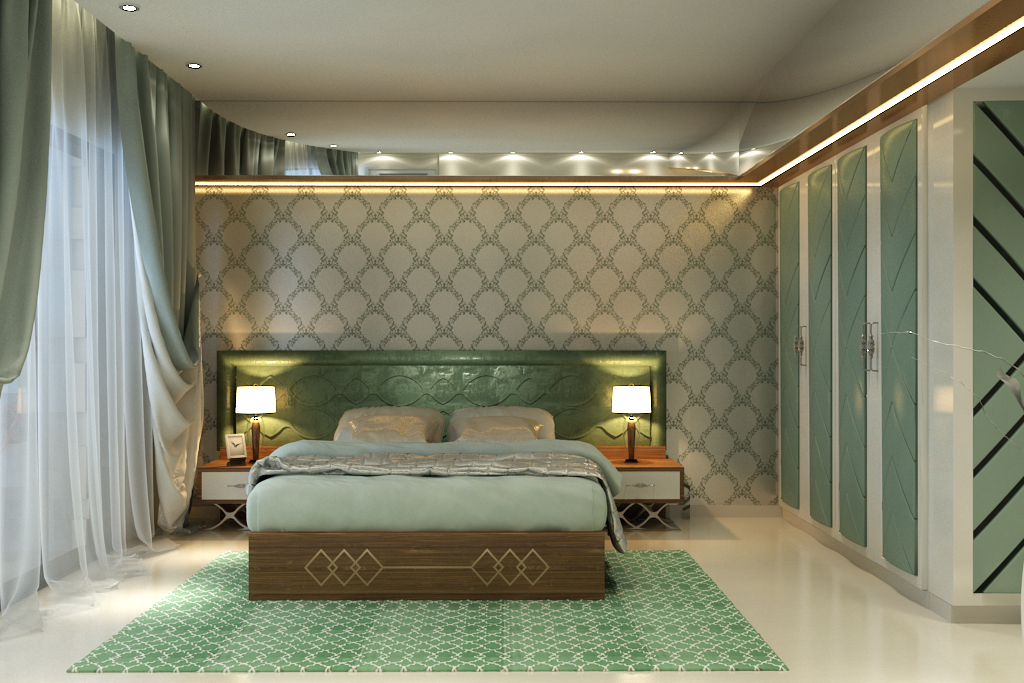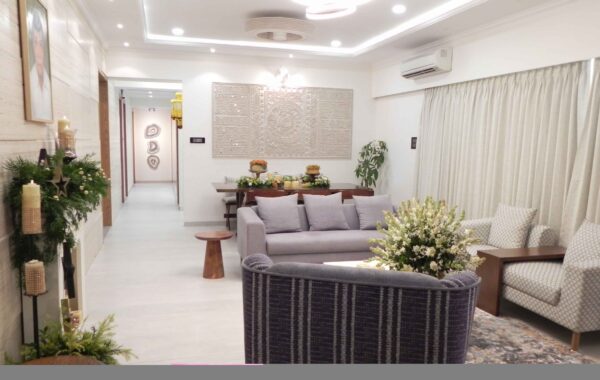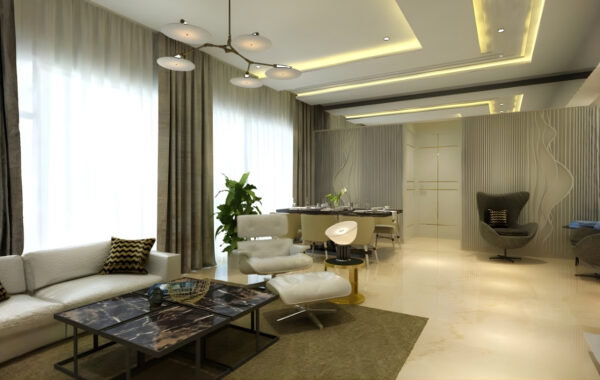Burnout doesn’t always start at work—it often starts at home. Specifically, in the one place designed for restoration: your bedroom.
While many people attempt to combat stress through productivity hacks or self-care rituals, few realize that your sleep space may be quietly sabotaging your recovery. Poor lighting, overstimulation, clutter, and a disregard for your body’s natural rhythms can keep your brain in overdrive—even when you think you’re resting.
As a world-class interior designer and design-thinker with a deep interest in neuroscience, I’ve studied how the environment affects our circadian rhythm—the internal 24-hour clock that regulates sleep, hormones, mood, and metabolism.
The result? The Anti-Burnout Bedroom: a design philosophy grounded in circadian science, created to help you recharge at the cellular level, recover from chronic stress, and wake up truly restored.
Let’s walk through the key principles of crafting a bedroom that works with your biology, not against it.

🧠 Why Circadian Neuroscience Matters in Design
The circadian rhythm is controlled by a cluster of neurons in the brain’s suprachiasmatic nucleus (SCN), which responds to light, temperature, and behavioral cues. This internal clock affects cortisol and melatonin levels—two major hormones that regulate alertness and sleep.
But here’s the problem: modern bedrooms often send the wrong signals to the brain. Bright blue light at night, cluttered visuals, and inconsistent sleep cues confuse the SCN, leading to poor sleep, hormonal imbalance, and eventual burnout.
The solution? Design a bedroom that communicates safety, calm, and time-appropriate environmental cues to your brain—so your body knows exactly when to wind down and restore.
🌇 1. Light Control: The Foundation of Circadian Design
Light is the most powerful regulator of your circadian rhythm. Too much artificial blue light after sunset delays melatonin production. On the flip side, lack of morning light disrupts your cortisol spike—making it harder to wake up with energy.
Design for Light in 3 Layers:
- Natural Light (Day): Position your bed near a window if possible. Open the blinds in the morning to stimulate your cortisol curve.
- Warm Light (Evening): Use amber or dimmable lamps after sunset to signal wind-down. Avoid overhead lighting and opt for low-level, soft lighting from the side of the room.
- Blackout at Night: Use blackout curtains to eliminate artificial outdoor light. Darkness is essential for deep, hormone-regulating sleep.
Avoid cool-toned or fluorescent bulbs in the bedroom. Instead, choose 2700K or lower for a warmer, evening-friendly spectrum.
🎨 2. Color Psychology and the Burnout Brain
Color affects your nervous system more than you think. In burnout, your brain is often in hyper-alert mode—so your bedroom should counteract this with calming, parasympathetic-inducing tones.
Ideal Colors for Anti-Burnout Design:
- Soft greens: Encourage a sense of groundedness and connection to nature.
- Dusty blues: Calm the mind and support deep rest.
- Warm neutrals: Promote emotional safety and reduce overstimulation.
Avoid overly bright or high-contrast color palettes, which can increase cognitive load and overstimulate a tired mind.
🛏 3. Texture and Touch: Soothing the Senses
People experiencing burnout are often hypersensitive to sound, light, and even texture. Tactile inputs play a huge role in sending “safe” signals to the nervous system.
Texture Tips:
- Use natural materials like cotton, linen, wool, and wood.
- Add tactile variation: a knitted throw, a velvet cushion, a woven rug.
- Choose bedding with a soft, breathable hand—think percale or bamboo, which regulate temperature and comfort.
The right textures reduce micro-stress and create a cocooning effect for deep rest.
🚫 4. Ban the Stress Triggers
Burnout recovery requires mental quiet—but most bedrooms are packed with reminders of unfinished tasks or mental clutter.
Remove:
- Work-related items (laptops, planners, files)
- Excessive tech (TVs, devices, chargers)
- Piles of laundry or disorganized surfaces
Add:
- A visual pause point: a calming artwork, a candle, or a photograph that brings peace
- A ritual shelf or corner for sleep prep—perhaps a diffuser, journal, or calming book
Your brain needs clear signals that this space is for rest—not productivity.
🧘 5. Ritual Zones: Training Your Brain to Let Go
Your brain thrives on pattern recognition. That means repetition + environment = behavior change.
Create rituals around your bedroom that tell your brain: It’s time to slow down.
Try:
- A 10-minute wind-down ritual with dimmed lights, herbal tea, or soft music
- A dedicated meditation corner or breathwork space
- A “sleep switch-off” routine: plug in your phone outside the bedroom, turn on your bedside light, apply calming essential oil, and journal for 5 minutes
Train your space to trigger these actions, and your body will begin to follow.
🌡 6. Thermal Design: Cool for Sleep, Warm for Safety
The ideal sleep temperature is between 16–19°C (60–67°F). Overheated rooms interfere with the drop in core temperature your body needs to initiate sleep.
- Use breathable layers rather than heavy bedding
- Keep the room cool but cozy—add wool socks or a warm wrap if needed
- Consider a cooling mattress pad or temperature-adjusting duvet
The balance of cool air and soft warmth soothes both body and brain.
✨ Final Thought: Sleep as the Ultimate Reset
Your bedroom is not just a room—it’s your biological recovery lab. When designed with circadian neuroscience in mind, it becomes a sanctuary that repairs you from burnout, rebuilds your mental clarity, and reignites your energy from the inside out.
So don’t just decorate—design with intention. Every light bulb, texture, color, and sound is a message to your nervous system. With the right inputs, you can literally train your brain to sleep deeper, stress less, and heal faster.
Because in a world that pushes you to burnout, your bedroom should pull you back to balance.


